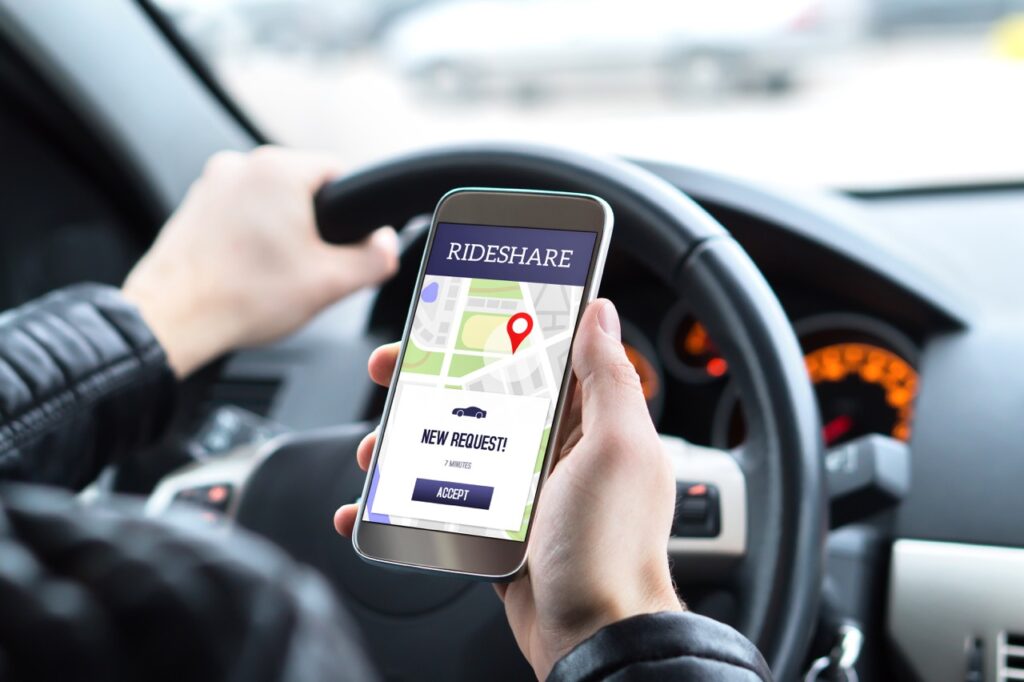Rideshare drivers are being trained to help spot and stop human trafficking. They play a vital role in preventing and disrupting human trafficking by being alert and aware of the signs and indicators of this crime. This blog is provided by The Medusa Project, Inc., a non-profit in San Francisco that is committed to ending human trafficking and violent crime affecting kids, teens, and young adults through information, education, advocacy, and connection.
About Human Trafficking
Human trafficking is a global crime that is a form of modern-day slavery where people are forced into labor and exploitation against their will. According to the International Labor Organization, there are an estimated 40.3 million victims of human trafficking worldwide. Eighty-one percent are trapped in forced labor, and 25 percent are children. Human trafficking is a hidden and complex crime that affects every country and every community.
Why Rideshare Drivers Need to Be Educated About Human Trafficking

One of the challenges in combating human trafficking is identifying the victims and the perpetrators, who often use various types of transportation to move across borders and within regions. Rideshare services, such as Uber and Lyft, have become a popular and convenient way for people to travel. They also pose a potential risk for facilitating human trafficking. Traffickers may use rideshare drivers to transport their victims from one location to another without arousing suspicion or leaving a trace.
How Rideshare Drivers Can Help Prevent Human Trafficking
These drivers observe and interact with their passengers, who may show physical or behavioral signs of being trafficked, such as:
- Having bruises, scars, or other injuries
- Appearing fearful, anxious, or depressed
- Having no control over their personal documents or belongings
- Having no knowledge of their destination or itinerary
- Being accompanied by someone who speaks for them or controls them
- Being dressed inappropriately for the weather or the occasion
- Being under the influence of drugs or alcohol
Recognizing these signs can help rideshare drivers to report their suspicions to the appropriate authorities, such as local law enforcement or trained trafficking specialists in their city. Reporting can make a difference in saving lives and bringing justice to the victims and the perpetrators.
Some States Require Rideshare Drivers to Take Training Courses to Help Them Spot and Stop Human Trafficking
To equip rideshare drivers with the knowledge and skills to identify and respond to human trafficking, several states and organizations have implemented training programs for them.
For example, a Texas law requires all rideshare drivers to complete a human trafficking prevention training course before they can renew their driver’s license.
The training course covers topics such as the definition, scope, and impact of human trafficking, the role of transportation in facilitating human trafficking, the indicators and risk factors of human trafficking, and the best practices for reporting and responding to human trafficking.
Washington state also has a law that requires all rideshare companies to provide their drivers with a human trafficking awareness training program. The training program’s goal is to educate drivers on how to spot potential victims of human trafficking, how to safely intervene without putting themselves or others at risk, and how to report their observations to the appropriate authorities.
Rideshare Companies Help Raise Drivers’ Awareness of Human Trafficking
Rideshare companies have also taken proactive steps to partner with anti-trafficking organizations and provide their drivers with online resources and tools to raise awareness and prevent human trafficking. Uber has a page on its website dedicated to fighting human trafficking. It offers tips for drivers and riders on how to identify and report human trafficking. Lyft also provides its drivers access to an online and in-person human trafficking prevention training course.
By taking these training programs and following these tips, rideshare drivers can become part of the solution to end human trafficking. Rideshare drivers can use their eyes, ears, and voice to help spot and stop this heinous crime that affects millions of people around the world. Rideshare drivers can make a difference by being vigilant, informed, and compassionate.

